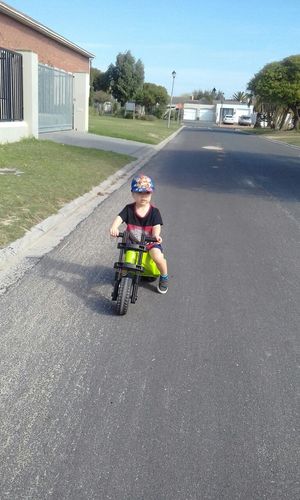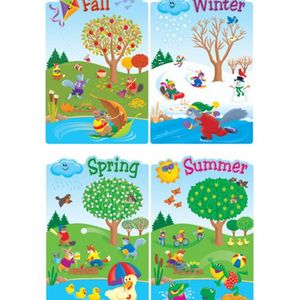
Grammar Lesson : Can/Can't (Based on our ability).
Hat Gutschein(e)
I can/can't ride a bike for intermediate students.
Kursinhalt
In this lesson, I have used abilities all young kids possess to explain the difference between being able to do something and not being able to do something in a Grammar lesson.
For example:
- I can ride a bike because I am big. (positive)
- I can't ride a bike because I am too small. (negative)
A Grammar lesson for young kids can be challenging, so in order to keep it uplifting, I have included various fun activities for the kids to do to keep them involved.
We address grammar key points and pronunciation of words and the student engages in conversations relating to things they can and can't do in their daily lives.
The student is encouraged to express the new language learned in conversation, based on their ability or inability in everyday life, thus allowing them the opportunity to freely express these experiences. This also enables me to monitor their progress and take notes on any key elements that may need to be addressed.
For example:
- I can ride a bike because I am big. (positive)
- I can't ride a bike because I am too small. (negative)
A Grammar lesson for young kids can be challenging, so in order to keep it uplifting, I have included various fun activities for the kids to do to keep them involved.
We address grammar key points and pronunciation of words and the student engages in conversations relating to things they can and can't do in their daily lives.
The student is encouraged to express the new language learned in conversation, based on their ability or inability in everyday life, thus allowing them the opportunity to freely express these experiences. This also enables me to monitor their progress and take notes on any key elements that may need to be addressed.

Cafetalk Rücktrittsregelung
Vor der Bestätigung einer Kursbuchung
- Stornierung jederzeit möglich
Nach der Bestätigung einer Kursbuchung
- Mehr als 24 Stunden vor Kursbeginn→ Stornierung jederzeit möglich
- Weniger als 24 Stunden vor Kursbeginn→ Stornogebühren können anfallen.
-
No-Show→ Stornogebühren können anfallen.
(Der Betrag kann je nach TutorIn variieren. Bitte nimm Kontakt mit Deiner Tutorin/ Deinem Tutor auf.)
Alle Kurse von dieser/m TutorIn
-


Fun and interesting lesson for intermediate students.
Saving Our Planet45 Min. 1,200PHat Schnupperkurs
-


Vocabulary Lesson: Adjectives describing Seasons.
The Four Seasons for intermediate students.30 Min. 1,100P
-



